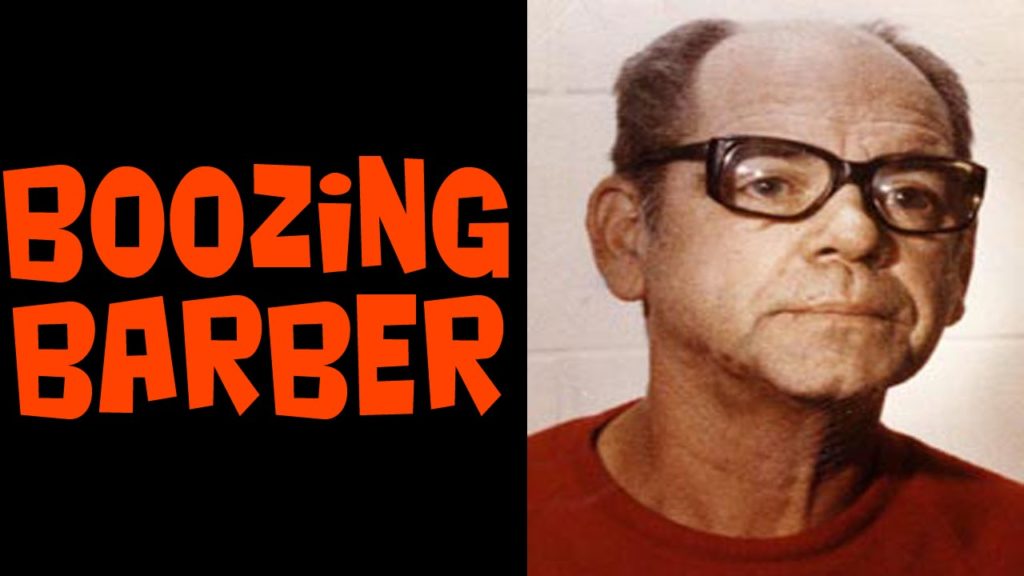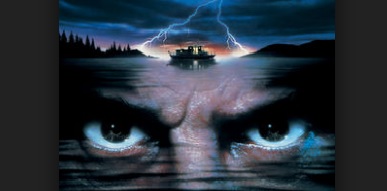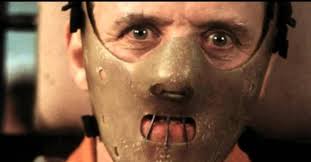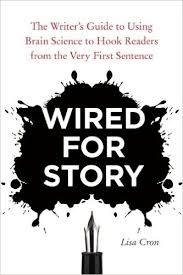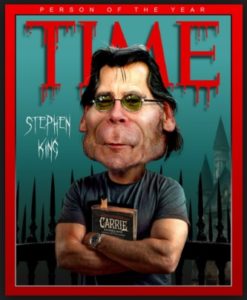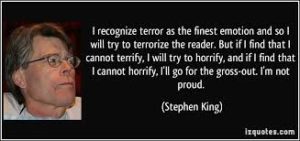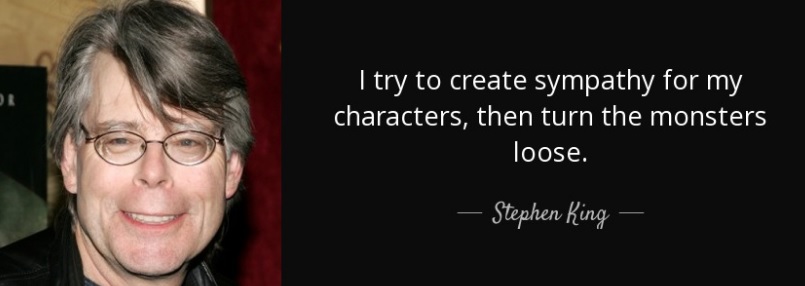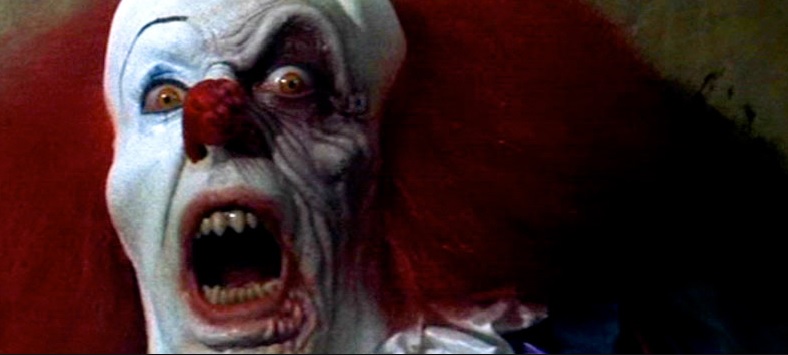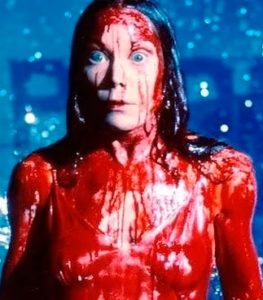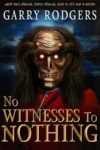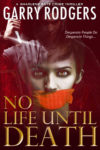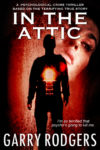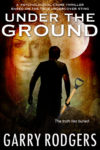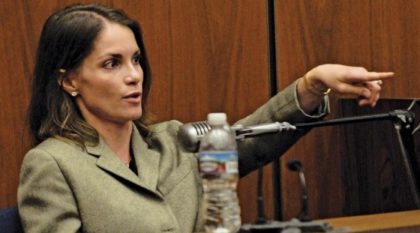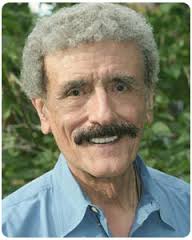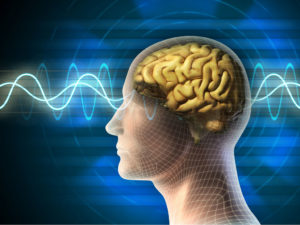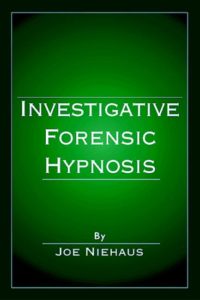 The term “serial killer” makes us think of hi-profile monsters like Ted Bundy, who beat and strangled his victims, or the Zodiac Killer, who shot most with a gun. There’s Clifford Olson who used a hammer. Jack The Ripper who liked his knife. And Willie Pickton who drugged his ladies, cut them apart with an electric Sawzall, then fed their pieces to his pigs.
The term “serial killer” makes us think of hi-profile monsters like Ted Bundy, who beat and strangled his victims, or the Zodiac Killer, who shot most with a gun. There’s Clifford Olson who used a hammer. Jack The Ripper who liked his knife. And Willie Pickton who drugged his ladies, cut them apart with an electric Sawzall, then fed their pieces to his pigs.
By nature, serial killers follow a specific Modus Operandi—an M.O. peculiar to their wares. Some strangle, some shoot, some smash, and some slash. But the most unique and unsuspecting method of serial killing I’ve heard of came from Gilbert Paul Jordan, aka the “Boozing Barber”, who got his victims comatose drunk then finished them off by pouring straight vodka down their throats. He intentionally alcohol-poisoned at least nine women—possibly dozens more.
Gilbert Jordan was a monster from the 1980’s operating in the Down Town East Side of Vancouver, British Columbia, Canada. Today, the skid row DTES of Vancouver is still one of the most dangerous, crime and drug-ridden inner cities of the world. In the DTES, the most popular drug of choice is still alcohol—ethanol as it’s known in the coroner and toxicologist world.
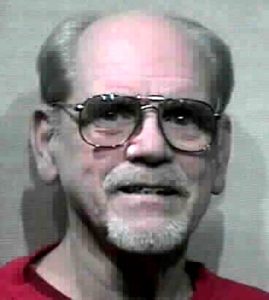 Jordan was born in 1931 and started a crime career in his twenties by kidnapping and raping a five-year-old aboriginal girl. He beat the charges and went on to commit more sexual assaults including abducting a woman from a mental institute and raping her, too. Jordan bounced in and out of jail. He continued to prey on the helpless and downtrodden, especially alcoholic women from the First Nations culture. Gilbert Jordan, himself, became a raging alcoholic and consumed over fifty ounces of vodka per day.
Jordan was born in 1931 and started a crime career in his twenties by kidnapping and raping a five-year-old aboriginal girl. He beat the charges and went on to commit more sexual assaults including abducting a woman from a mental institute and raping her, too. Jordan bounced in and out of jail. He continued to prey on the helpless and downtrodden, especially alcoholic women from the First Nations culture. Gilbert Jordan, himself, became a raging alcoholic and consumed over fifty ounces of vodka per day.
Jordan learned barbering skills while in prison. Between jail sentences, he set up a barber shop on East Hastings Street in the heart of Vancouver’s DTES, being a regular fixture in the seedy bar scene. He blended easily and was not at all intimidating—short, stocky, balding, with thick glasses.
Jordan was a well-known mark for buying vulnerable aboriginal women drinks and he’d take them from the bars to his barber shop or a room which he kept in a derelict hotel. Here they’d party till they passed out. It’s estimated that hundreds of women binge drank with Jordan during his spree from 1980 to 1987.
Overdose deaths in the DTES were common.
 The majority were intravenous drug users, many having a lethal toxin level amplified with mixed use of ethanol. It’s still that way today. But overdose deaths from ethanol consumption alone are rare. Usually, heavy drinkers reach a blood-ethanol limit where they pass out—long before ethanol effects shut down their central nervous system. The few deaths from ethanol alone are almost always caused by an unconscious victim aspirating on vomit—not from reaching a lethal blood-ethanol-content. A BEC of 0.35% (35mg of ethanol per 100 milliliters of blood) is considered the start of the lethal range. Note that 0.08% is the standard for drunk driving.
The majority were intravenous drug users, many having a lethal toxin level amplified with mixed use of ethanol. It’s still that way today. But overdose deaths from ethanol consumption alone are rare. Usually, heavy drinkers reach a blood-ethanol limit where they pass out—long before ethanol effects shut down their central nervous system. The few deaths from ethanol alone are almost always caused by an unconscious victim aspirating on vomit—not from reaching a lethal blood-ethanol-content. A BEC of 0.35% (35mg of ethanol per 100 milliliters of blood) is considered the start of the lethal range. Note that 0.08% is the standard for drunk driving.
During Jordan’s run, there were increasingly suspicious amounts of aboriginal women deaths from shockingly high BEC. They included:
- Ivy Rose — 0.51
- Mary Johnson — 0.44
- Barbara Paul — 0.47
- Mary Johns — 0.76
- Patricia Thomas — 0.51
- Patricia Andrew — 0.79
- Vera Harry — 0.49
- Vanessa Buckner — 0.50
- Edna Slade — 0.55
 When Edna Slade was found dead in Gilbert Jordan’s hotel room, and it became apparent Jordan was the common denominator in many similar deaths, Vancouver Police put Jordan under surveillance. From October 12th to November 26th, 1987, VPD observed Jordan “search out native Indian women in the skid row area of Vancouver and take them back to his hotel room for binge-drinking”.
When Edna Slade was found dead in Gilbert Jordan’s hotel room, and it became apparent Jordan was the common denominator in many similar deaths, Vancouver Police put Jordan under surveillance. From October 12th to November 26th, 1987, VPD observed Jordan “search out native Indian women in the skid row area of Vancouver and take them back to his hotel room for binge-drinking”.
VPD officers listened from outside Jordan’s door and recorded him saying phrases like “Have a drink. Down the hatch, baby. Twenty bucks if you drink it right down. See if you’re a real woman. Finish that drink. Down the hatch, hurry, right down. You need another drink. I’ll give you fifty bucks if you can take it right down. I’ll give you ten, twenty, fifty dollars. Whatever you want. Come on, I want to see you get it all down. Get it right down.”
On four occasions during the surveillance, police intervened and remove the comatose victims to the hospital.
 Gilbert Jordan was convicted of manslaughter in the death of Vanessa Buckner. The prosecution used similar fact evidence from the other eight identified deaths. He was sentenced to fifteen years imprisonment. This was reduced to nine years on appeal and he served only six. When Jordan was paroled in 1994, he went right back to the business of stalking alcoholic aboriginal women. He was being watched by VPD and immediately sent back to prison for parole violation and an additional sexual assault. He served out his sentenced but was released in 2000, again returning to a life of chronic alcoholism and serial predation.
Gilbert Jordan was convicted of manslaughter in the death of Vanessa Buckner. The prosecution used similar fact evidence from the other eight identified deaths. He was sentenced to fifteen years imprisonment. This was reduced to nine years on appeal and he served only six. When Jordan was paroled in 1994, he went right back to the business of stalking alcoholic aboriginal women. He was being watched by VPD and immediately sent back to prison for parole violation and an additional sexual assault. He served out his sentenced but was released in 2000, again returning to a life of chronic alcoholism and serial predation.
Gilbert Jordan, the Boozing Barber, died of the disease called alcoholism in 2006.
* * *
Ethanol, or ethyl alcohol, has been used by humans for thousands of years for its relaxation effect of euphoria and lowering social inhibitions. Drinking ethanol is widely accepted around the western world and is an enormous economic force.
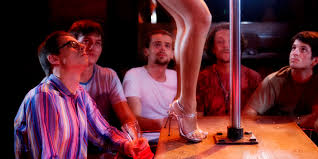 Ethanol abuse is a contributing factor in untold tragedies.
Ethanol abuse is a contributing factor in untold tragedies.
Despite ethanol’s popularity as a social interactor, the medical pathophysiology considers any amount of BEC to be clinically poisonous. Ethanol is metabolized by the liver at a rate of about 50 ml (1.7 fluid ounce) per 90 minutes. That’s like two beers or one 9-ounce glass of wine every hour and a half. Drink more than you can absorb and you’ll get drunk. Wake up still drunk and you’re hung-over.
 The acute effects of an ethanol overdose vary according to many factors. The body mass and tolerance to the drug are primary as is the rate of consumption. Ultimately, acute ethanol poisoning depresses the body’s central nervous system, causing the respiratory system to shut down and the victim asphyxiates.
The acute effects of an ethanol overdose vary according to many factors. The body mass and tolerance to the drug are primary as is the rate of consumption. Ultimately, acute ethanol poisoning depresses the body’s central nervous system, causing the respiratory system to shut down and the victim asphyxiates.
These are the average symptomatic presentations of ethanol poisoning in relation to BEC:
- 02 – 0.07% — Intoxication and euphoria
- 08 – 0.19% — Ataxia (loss of body control ), poor judgment, labile mood
- 20 – 0.29% — Advanced ataxia, extremely poor judgment, nausea
- 30 – 0.35% — Stage 1 anesthesia, memory collapse
- 35 – 0.39% — Comatose
- 40 + — Respiratory failure, sudden death
 In my time as a police officer—then as a coroner—I attended lots of deaths where ethanol was a contributing factor. Very few were acute ethanol poisoning deaths, though. Many were mixed drug overdoses, especially mixing booze with prescription pills. Then there were suffocating on puke cases, suicides while pissed, fatal motor vehicle crashes driven by drunks, and violent homicides done during ethanol-fueled anger and inebriation.
In my time as a police officer—then as a coroner—I attended lots of deaths where ethanol was a contributing factor. Very few were acute ethanol poisoning deaths, though. Many were mixed drug overdoses, especially mixing booze with prescription pills. Then there were suffocating on puke cases, suicides while pissed, fatal motor vehicle crashes driven by drunks, and violent homicides done during ethanol-fueled anger and inebriation.
Don’t get me wrong. I’m not slamming the social use of ethanol. I’ve been around the booze scene my whole life and still enjoy decent wine and good scotch, although I’ve never had a taste for beer.
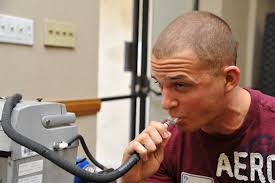 I grew up in a socio-economic environment where rampant alcoholism was common. It was accepted. Grant Robertson—I worked with Grant in my teens—Grant was proud of his breathalyzer certificate proving he was caught behind the wheel at a 0.44% BEC. True story. I saw the paper. Grant was a die-hard—a chronic alcoholic with forty years of practice. I don’t think Grant ever went below two-five.
I grew up in a socio-economic environment where rampant alcoholism was common. It was accepted. Grant Robertson—I worked with Grant in my teens—Grant was proud of his breathalyzer certificate proving he was caught behind the wheel at a 0.44% BEC. True story. I saw the paper. Grant was a die-hard—a chronic alcoholic with forty years of practice. I don’t think Grant ever went below two-five.
As a young cop, I brought an old guy in for a blow. I couldn’t tell if he was drunk but he’d caused a minor car accident and slightly smelled of liquor. Legally, I had to demand a breathalyzer test. He pushed the needle to a 0.36% and I’ll never forget the breathalyzer operator’s remark “You’re no stranger to alcohol, are you?”
People have different tolerances to ethanol. And different physiological responses.
 I’ve worked with cops who were drunk on duty, seen judges half-cut on the bench, had my pilot pass out before time to depart, and I’ve woken in places unknown. I’ve had countless laughs, spent way too much money on time pissed away, and have stories from nights in the bars.
I’ve worked with cops who were drunk on duty, seen judges half-cut on the bench, had my pilot pass out before time to depart, and I’ve woken in places unknown. I’ve had countless laughs, spent way too much money on time pissed away, and have stories from nights in the bars.
But I still can’t get clipped in my buddy Dave’s chair without thinking of Gilbert Paul Jordan, the “Boozing Barber” Serial Killer of the Down Town East Side of Vancouver.

